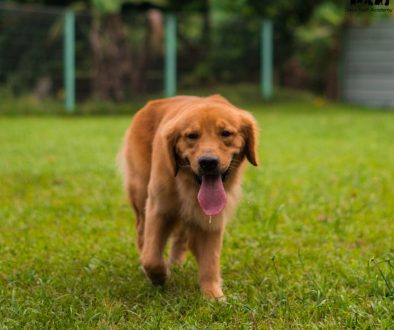Should I Prioritize Teaching My Dog To Wait Or Stay?
Teaching your dog to wait is one of the most practical skills you can give them. It builds patience, self-control, and prevents impulsive or even dangerous behaviors. It is also useful in many situations such as crossing the street, getting in and out of the car, going through doorways or gates, meal times, and during training sessions. In the dog world, waiting also teaches respect, learning to pause, share, and take turns.
Here are some real-life situations where wait makes a big difference:
- Playtime – Asking your dog to wait before throwing the ball prevents overexcitement, encourages impulse control, and helps reduce resource guarding.
- Car safety – Teaching your dog to wait before getting in or out of the car prevents them from jumping out too soon or running into the street as you’re trying to load or unload them.
- Doorways and gates – A simple wait keeps your dog from bolting out or running ahead of you, which can be dangerous in busy or unfamiliar areas.
- Mealtimes – Pausing before eating teaches patience and helps reduce food-related frustration or aggression.
- Training sessions – Using wait helps your dog focus, making it easier for them to absorb what you’re teaching.
Overall, wait isn’t just about obedience. It’s about safety, manners, and developing a calmer, more thoughtful companion. A dog who knows how to wait is easier to live with, safer to manage, and more enjoyable in everyday life.

